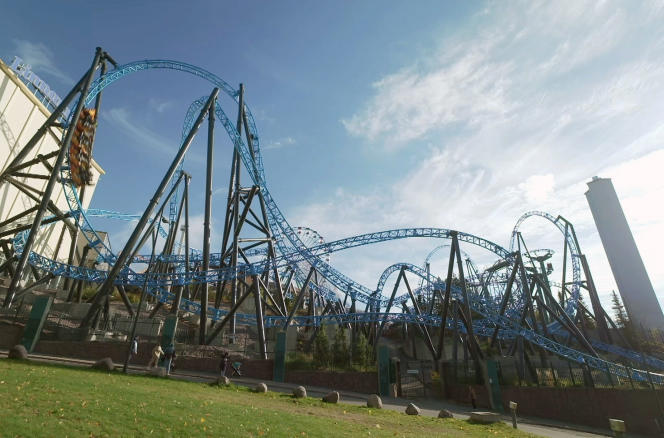
ARTE – Thursday 28 April 10:50 PM – Documentary
If roller coasters are so popular, it may be because humans like to scare them. There are currently about 13,700 circuits scattered around the world. Rich in testimonials from engineers, neuroscientists, circuit designers and thrill seekers, this documentary recalls the long history of this unique pastime.
Every year, we see 200 million people flocking to amusement parks and fairgrounds, sometimes ready to wait for hours for more complex installations. Intense centrifugal force, acceleration, loops, spirals, attractive curves … the risk of danger, though rare, does not prevent the quest for emotions, the joy of fear. Meryl Malesieux, a scientist at the Max-Planck Institute in Munich, who studies the brain’s chemistry in the face of controlled danger, underscores the cerebral mechanisms by which it vibrates “with fear and joy.”
“American Mountains”
In fact, the inhabitants of St. Petersburg, after the Napoleonic Wars, sprayed water on wooden structures, which turned into steep ice rinks under the influence of snow; In Pennsylvania (United States), miners find a similar attraction by loading coal on mountain wagons. In the Tsarist Empire, the first roller coasters were called “American Mountains” … In 1897, the basic installations for the world’s first amusement park were built on Connie Island (New York).
Since then, it has been an endless race on both sides of the Atlantic. According to the documentary, the first looping is from 1846. In 1989, Park Asterix offered a circuit of seven loops, and in 2013 an English roller coaster became fourteen rows! An attraction in New Jersey opened the world’s highest (128 m) and fastest (200 km / h) circuit in 2005. A record 133 m high and 240 km / h peak in Abu Dhabi in 2010!
The German engineer Werner Stengel was at the origin of modern circuits, especially thanks to the complex mathematical calculations that made it possible to defy the laws of physics. He is also the inventor of the first modern looping, which was inaugurated in California in 1975.
For another high-level engineer, Daniel Shoppe, his job was to design more attractive roller coasters. In Finland, as the so-called “taiga” is made, linen made and installed in the park, designed “Like a piece of music, fast and slow parts. This bump we pass upside down. Anita and Bruno, a couple who spend their weekends and holidays trying out roller coasters around the world, have a strong sense of accomplishment: they’re about 2,500!
Roller coaster, great thrill Written by Rosi Bundz (All, 2021, 52 min.). art

Musicaholic. Twitter guru. Total bacon fanatic. Zombie ninja. Freelance student. Coffee fan. Gamer.


